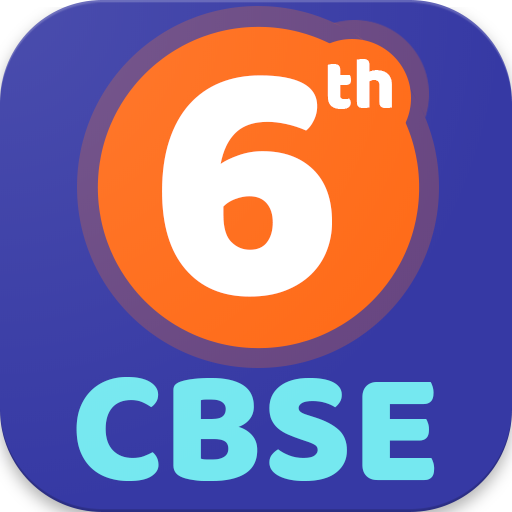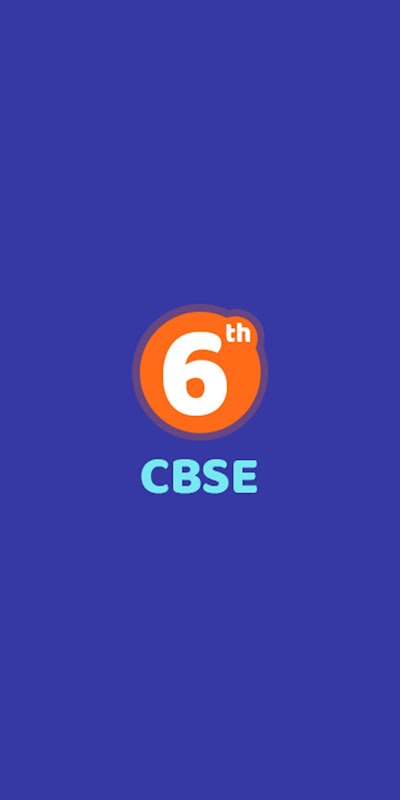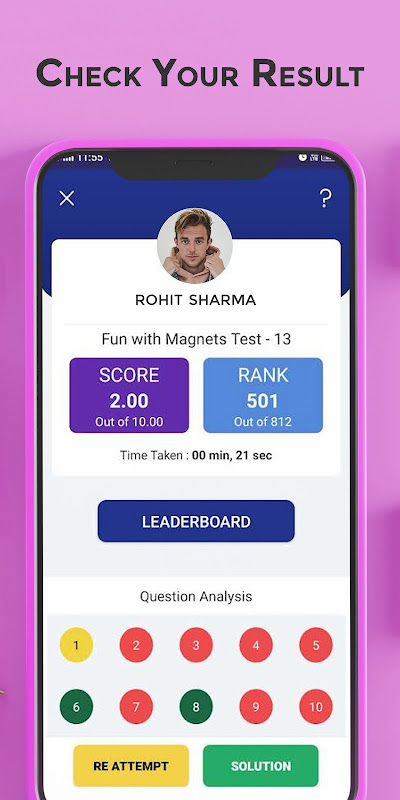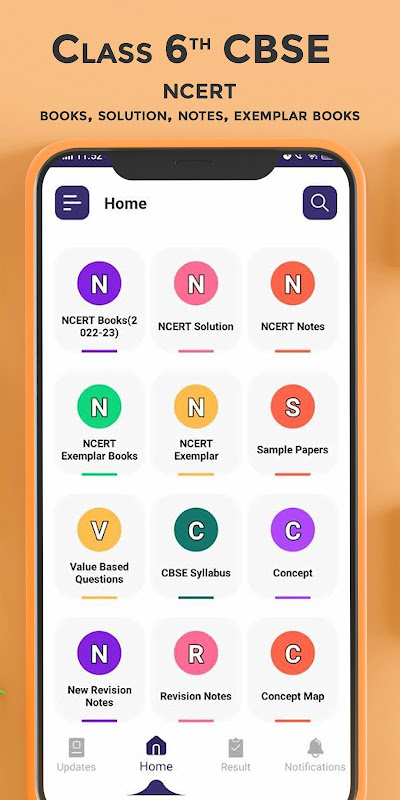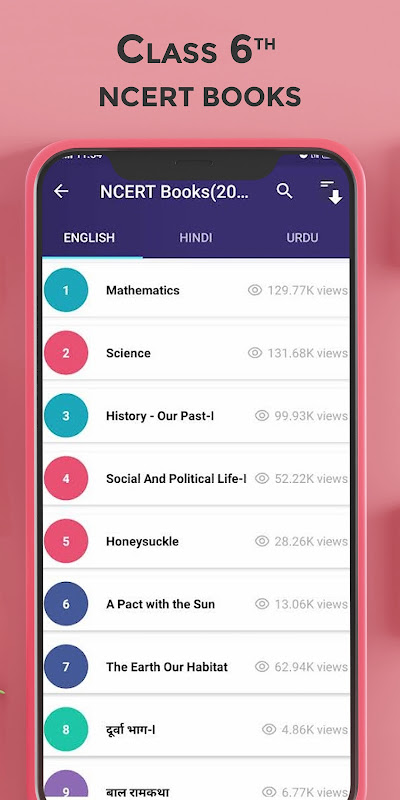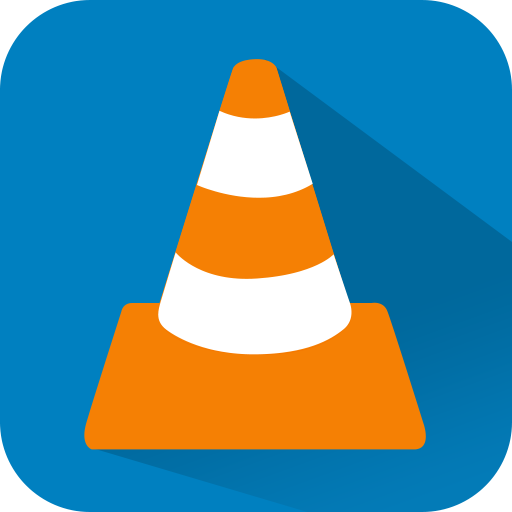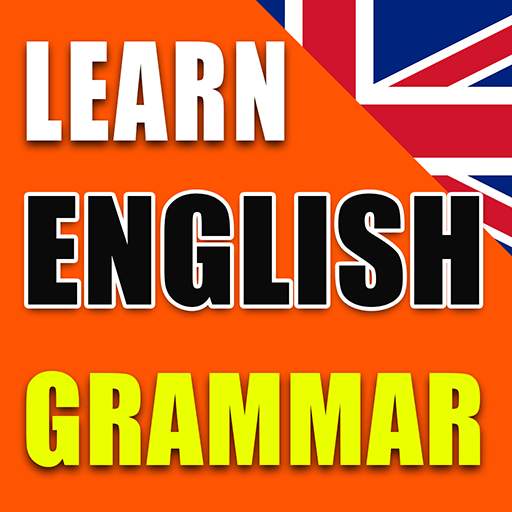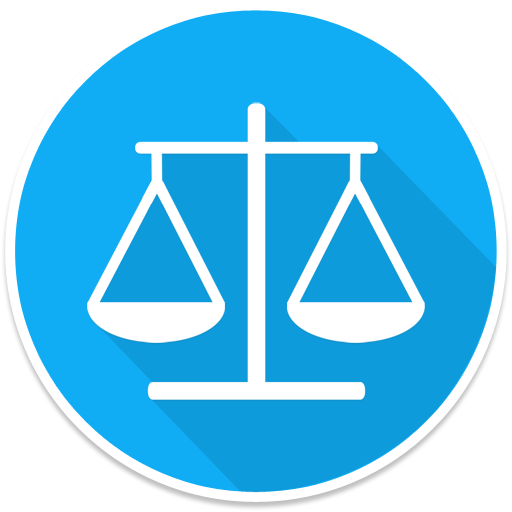CBSE Class 6 App contains study materials for class 6 students like NCERT Books, NCERT Solution, Videos, Notes, MCQs Test etc.
CBSE Class 6 app is a complete guide for CBSE 6th class & helps a student in CBSE Exam Preparation.
This is one stop solution for all kinds of study materials required by CBSE class 6th students.
App Features:-
- In Built PDF Viewer
- Share any page
- Latest Updates
- Bookmark any page
- OFFLINE once content is downloaded
CBSE Class 6 App Contents:-
- NCERT BOOKS for Class 6
- NCERT SOLUTION for Class 6
- NCERT NOTES for Class 6
- NCERT EXEMPLAR BOOK for Class 6
- NCERT EXEMPLAR SOLUTION for Class 6
- SAMPLE PAPER for Class 6
- VALUE BASED QUESTION for Class 6
- SYLLABUS for Class 6
- CONCEPT for Class 6
- NEW REVISION NOTES for Class 6
- REVISION NOTES
- CONCEPT MAP
- MCQS TEST
- COMPETATIVE EXAM
- RS AGGARWAL SOLUTION for Class 6
- RD SHARMA SOLUTION for Class 6
- ML AGGARWAL SOLUTION for Class 6
- XAMIDEA SOLUTION for Class 6
Disclaimer:
CBSE Class 6 Android App has no relation with government or any other government organization and this app does not represent any such.
No claims are made about the accuracy or legality of the content on CBSE Class 6 Android App, or its suitability for any specific purpose, whether express or implied. Whereas all readers who gain access to any information on this app, voluntarily and of their own free will, are making any result (judgment or claim) of such access.
All the readers of CBSE Class 6 Android App kindly check the details on the official website before taking any kind of decision. Here we are not responsible for any inadvertent error that may have occurred in the information being published in this app and for any deficiency, defect or inaccuracy of information on this application to anyone or anything.
Source Of Content :
MCQs Test of the Exam are developed by our inhouse content developer.
Some content are sourced from third party content developer like PDFs and articles in the app.
If you find any problem with intellectual property violation or DMCA rules break than please mail us on [email protected]
Source of Information for CBSE Class 6 Updates and Related Information :
We Collect the Information about CBSE Class 6 updates from Employment News / Organization Official Websites. We cannot provide all but some of the websites links are below:-
https://cbseacademic.nic.in/, https://ncert.nic.in/?ln=en
Subject: Mathematics
Chapter 1: Knowing Our Numbers
This chapter introduces the concept of numbers, starting with the number system we use in our daily lives: the Hindu-Arabic numeral system. Students learn about the place value of digits, rounding off numbers, and comparing and ordering numbers. They also explore different representations of numbers, such as expanded form, word form, and Roman numerals.
Chapter 2: Whole Numbers
This chapter delves deeper into whole numbers, including their properties and operations. Students learn about addition, subtraction, multiplication, and division of whole numbers, as well as the concepts of factors, multiples, and prime numbers. They also explore estimation and mental math techniques to solve problems involving whole numbers.
Chapter 3: Playing with Numbers
This chapter introduces algebraic concepts in a fun and engaging way. Students learn about variables, expressions, and equations. They solve simple equations and inequalities, and explore patterns and relationships between numbers. They also learn about number tricks and puzzles to enhance their problem-solving skills.
Chapter 4: Basic Geometrical Shapes
This chapter introduces the basic concepts of geometry. Students learn about different types of shapes, such as triangles, quadrilaterals, circles, and spheres. They explore the properties of these shapes, including their sides, angles, and vertices. They also learn about symmetry and transformations, and apply their knowledge to solve geometry-based problems.
Chapter 5: Data Handling
This chapter introduces the concepts of data collection, organization, and representation. Students learn about different types of data, such as numerical and categorical data. They collect and organize data using tally marks, frequency tables, and bar graphs. They also learn about the mean, median, and mode of a data set.
Chapter 6: Measurement
This chapter introduces the concepts of measurement and units. Students learn about different units of measurement for length, weight, capacity, and time. They perform various measurements using appropriate measuring instruments and learn about the conversion of units within the same system.
Chapter 7: Fractions
This chapter introduces the concept of fractions. Students learn about different representations of fractions, such as fractions as parts of a whole, fractions as numbers on a number line, and fractions as decimals. They explore equivalent fractions, compare and order fractions, and perform operations on fractions, including addition, subtraction, multiplication, and division.
Chapter 8: Decimals
This chapter introduces the concept of decimals. Students learn about different representations of decimals, such as decimals as fractions, decimals as numbers on a number line, and decimals as expanded form. They explore equivalent decimals, compare and order decimals, and perform operations on decimals, including addition, subtraction, multiplication, and division.
Chapter 9: Algebra
This chapter builds on the algebraic concepts introduced in Chapter 3. Students learn about algebraic expressions, equations, and inequalities. They solve more complex equations and inequalities, and explore the concept of variables and their role in representing unknown quantities. They also learn about the order of operations and simplify algebraic expressions.
Chapter 10: Mensuration
This chapter introduces the concepts of area and perimeter. Students learn about the formulas for calculating the area and perimeter of different shapes, such as triangles, quadrilaterals, and circles. They apply these formulas to solve problems involving the measurement of area and perimeter.
Chapter 11: Symmetry
This chapter explores the concept of symmetry. Students learn about different types of symmetry, such as line symmetry, rotational symmetry, and point symmetry. They identify symmetrical objects and explore the properties of symmetrical shapes. They also create symmetrical designs and patterns.
Chapter 12: Practical Geometry
This chapter applies the concepts of geometry to real-world situations. Students learn about the construction of different shapes, such as triangles, quadrilaterals, and circles. They also learn about the properties of angles and the use of protractors and compasses to measure and construct angles.
Chapter 13: Understanding Elementary Shapes
This chapter provides a comprehensive review of the basic geometrical shapes introduced in Chapter 4. Students explore the properties of different shapes, such as triangles, quadrilaterals, circles, and spheres. They also learn about the relationships between different shapes and the use of geometric vocabulary to describe shapes.
Chapter 14: Visualizing Solid Shapes
This chapter introduces the concepts of three-dimensional shapes. Students learn about different types of solid shapes, such as cubes, cuboids, spheres, cones, and cylinders. They explore the properties of these shapes, such as their faces, edges, and vertices. They also learn about the nets of solid shapes and how to construct solid shapes from their nets.
CBSE Class 6 App contains study materials for class 6 students like NCERT Books, NCERT Solution, Videos, Notes, MCQs Test etc.
CBSE Class 6 app is a complete guide for CBSE 6th class & helps a student in CBSE Exam Preparation.
This is one stop solution for all kinds of study materials required by CBSE class 6th students.
App Features:-
- In Built PDF Viewer
- Share any page
- Latest Updates
- Bookmark any page
- OFFLINE once content is downloaded
CBSE Class 6 App Contents:-
- NCERT BOOKS for Class 6
- NCERT SOLUTION for Class 6
- NCERT NOTES for Class 6
- NCERT EXEMPLAR BOOK for Class 6
- NCERT EXEMPLAR SOLUTION for Class 6
- SAMPLE PAPER for Class 6
- VALUE BASED QUESTION for Class 6
- SYLLABUS for Class 6
- CONCEPT for Class 6
- NEW REVISION NOTES for Class 6
- REVISION NOTES
- CONCEPT MAP
- MCQS TEST
- COMPETATIVE EXAM
- RS AGGARWAL SOLUTION for Class 6
- RD SHARMA SOLUTION for Class 6
- ML AGGARWAL SOLUTION for Class 6
- XAMIDEA SOLUTION for Class 6
Disclaimer:
CBSE Class 6 Android App has no relation with government or any other government organization and this app does not represent any such.
No claims are made about the accuracy or legality of the content on CBSE Class 6 Android App, or its suitability for any specific purpose, whether express or implied. Whereas all readers who gain access to any information on this app, voluntarily and of their own free will, are making any result (judgment or claim) of such access.
All the readers of CBSE Class 6 Android App kindly check the details on the official website before taking any kind of decision. Here we are not responsible for any inadvertent error that may have occurred in the information being published in this app and for any deficiency, defect or inaccuracy of information on this application to anyone or anything.
Source Of Content :
MCQs Test of the Exam are developed by our inhouse content developer.
Some content are sourced from third party content developer like PDFs and articles in the app.
If you find any problem with intellectual property violation or DMCA rules break than please mail us on [email protected]
Source of Information for CBSE Class 6 Updates and Related Information :
We Collect the Information about CBSE Class 6 updates from Employment News / Organization Official Websites. We cannot provide all but some of the websites links are below:-
https://cbseacademic.nic.in/, https://ncert.nic.in/?ln=en
Subject: Mathematics
Chapter 1: Knowing Our Numbers
This chapter introduces the concept of numbers, starting with the number system we use in our daily lives: the Hindu-Arabic numeral system. Students learn about the place value of digits, rounding off numbers, and comparing and ordering numbers. They also explore different representations of numbers, such as expanded form, word form, and Roman numerals.
Chapter 2: Whole Numbers
This chapter delves deeper into whole numbers, including their properties and operations. Students learn about addition, subtraction, multiplication, and division of whole numbers, as well as the concepts of factors, multiples, and prime numbers. They also explore estimation and mental math techniques to solve problems involving whole numbers.
Chapter 3: Playing with Numbers
This chapter introduces algebraic concepts in a fun and engaging way. Students learn about variables, expressions, and equations. They solve simple equations and inequalities, and explore patterns and relationships between numbers. They also learn about number tricks and puzzles to enhance their problem-solving skills.
Chapter 4: Basic Geometrical Shapes
This chapter introduces the basic concepts of geometry. Students learn about different types of shapes, such as triangles, quadrilaterals, circles, and spheres. They explore the properties of these shapes, including their sides, angles, and vertices. They also learn about symmetry and transformations, and apply their knowledge to solve geometry-based problems.
Chapter 5: Data Handling
This chapter introduces the concepts of data collection, organization, and representation. Students learn about different types of data, such as numerical and categorical data. They collect and organize data using tally marks, frequency tables, and bar graphs. They also learn about the mean, median, and mode of a data set.
Chapter 6: Measurement
This chapter introduces the concepts of measurement and units. Students learn about different units of measurement for length, weight, capacity, and time. They perform various measurements using appropriate measuring instruments and learn about the conversion of units within the same system.
Chapter 7: Fractions
This chapter introduces the concept of fractions. Students learn about different representations of fractions, such as fractions as parts of a whole, fractions as numbers on a number line, and fractions as decimals. They explore equivalent fractions, compare and order fractions, and perform operations on fractions, including addition, subtraction, multiplication, and division.
Chapter 8: Decimals
This chapter introduces the concept of decimals. Students learn about different representations of decimals, such as decimals as fractions, decimals as numbers on a number line, and decimals as expanded form. They explore equivalent decimals, compare and order decimals, and perform operations on decimals, including addition, subtraction, multiplication, and division.
Chapter 9: Algebra
This chapter builds on the algebraic concepts introduced in Chapter 3. Students learn about algebraic expressions, equations, and inequalities. They solve more complex equations and inequalities, and explore the concept of variables and their role in representing unknown quantities. They also learn about the order of operations and simplify algebraic expressions.
Chapter 10: Mensuration
This chapter introduces the concepts of area and perimeter. Students learn about the formulas for calculating the area and perimeter of different shapes, such as triangles, quadrilaterals, and circles. They apply these formulas to solve problems involving the measurement of area and perimeter.
Chapter 11: Symmetry
This chapter explores the concept of symmetry. Students learn about different types of symmetry, such as line symmetry, rotational symmetry, and point symmetry. They identify symmetrical objects and explore the properties of symmetrical shapes. They also create symmetrical designs and patterns.
Chapter 12: Practical Geometry
This chapter applies the concepts of geometry to real-world situations. Students learn about the construction of different shapes, such as triangles, quadrilaterals, and circles. They also learn about the properties of angles and the use of protractors and compasses to measure and construct angles.
Chapter 13: Understanding Elementary Shapes
This chapter provides a comprehensive review of the basic geometrical shapes introduced in Chapter 4. Students explore the properties of different shapes, such as triangles, quadrilaterals, circles, and spheres. They also learn about the relationships between different shapes and the use of geometric vocabulary to describe shapes.
Chapter 14: Visualizing Solid Shapes
This chapter introduces the concepts of three-dimensional shapes. Students learn about different types of solid shapes, such as cubes, cuboids, spheres, cones, and cylinders. They explore the properties of these shapes, such as their faces, edges, and vertices. They also learn about the nets of solid shapes and how to construct solid shapes from their nets.

